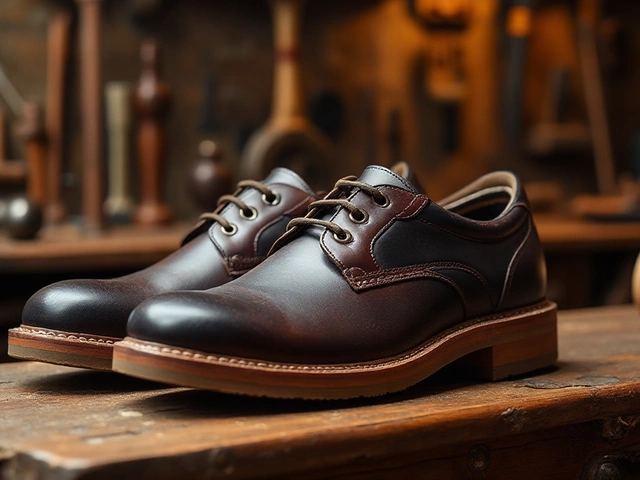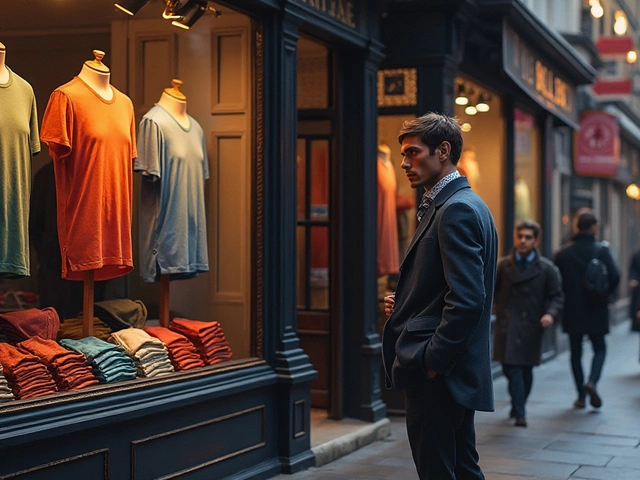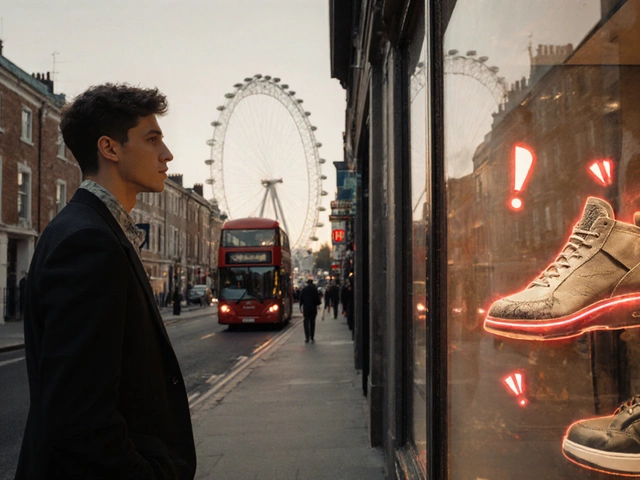Bad Shoes: Spotting Problems and Choosing Comfort
Ever slipped on a pair of shoes that look great but leave your feet sore by noon? You’re not alone. Bad shoes can cause blisters, cramped toes, and even long‑term foot pain. The good news is you can spot the warning signs before you buy, and you can fix many issues without tossing the whole pair.
Common Signs Your Shoes Are Bad
First, check the toe box. If your toes touch the front of the shoe when you walk, you’ll end up with black toenails or numbness. A quick test is to wiggle your toes inside the shoe; you should have at least a half‑inch of room. Second, look at the heel. A shoe that lets your heel slip out every few steps means it’s either too loose or the cushioning is worn out. That sliding creates friction and blisters.
Third, examine the arch support. Flat‑footed folks need a shoe with built‑in arch, while high arches benefit from a cushioned footbed. If the shoe feels floppy or you hear a squeak when you shift weight, the midsole may be broken down. Finally, pay attention to the material. Stiff leather that doesn’t soften after a few wears can irritate the skin, while cheap synthetic can trap heat and cause sweaty feet.
Quick Fixes & Better Choices
Got a pair that’s almost perfect but a little tight? Stretch the toe box with a shoe stretcher or wear thick socks for a few hours at home to loosen the material. Heel slippage can be fixed with heel grips—small silicone pads that hug the back of your foot. For arch problems, try an over‑the‑counter orthotic insert; they’re cheap and can turn a mediocre shoe into a comfy one.
If fixing isn’t enough, it’s time to pick a better pair. Look for shoes that list “roomy toe box,” “supportive midsole,” and “breathable lining” in the description. Handmade designers often use natural fabrics that mold to your foot, offering a custom feel without the price tag of a bespoke shoe. When you try them on, stand up straight, walk a few steps, and make sure the shoe stays snug but not tight.
Don’t forget to replace shoes regularly. Even the best footwear loses cushioning after 300‑500 miles of wear. If the sole looks worn or you feel a “thud” when you step, it’s a sign the shoe’s time is up. A fresh pair not only feels better but keeps your posture aligned and reduces the risk of foot injuries.
In short, bad shoes are easy to catch if you know what to look for: cramped toes, slipping heels, lack of support, and worn‑out materials. Simple tricks like stretchers, heel grips, and orthotics can rescue many pairs, but the smartest move is to choose shoes that fit your foot shape from the start. Your feet will thank you with less pain, more energy, and a better style game.

Shoes to Avoid: Health Risks, Style Mistakes & Durability Issues
Learn which shoes to avoid for foot health, style, and durability. Spot red flags, get practical checks, and discover smarter alternatives. Stay comfortable and look sharp.




